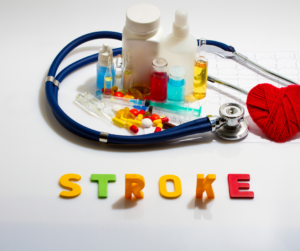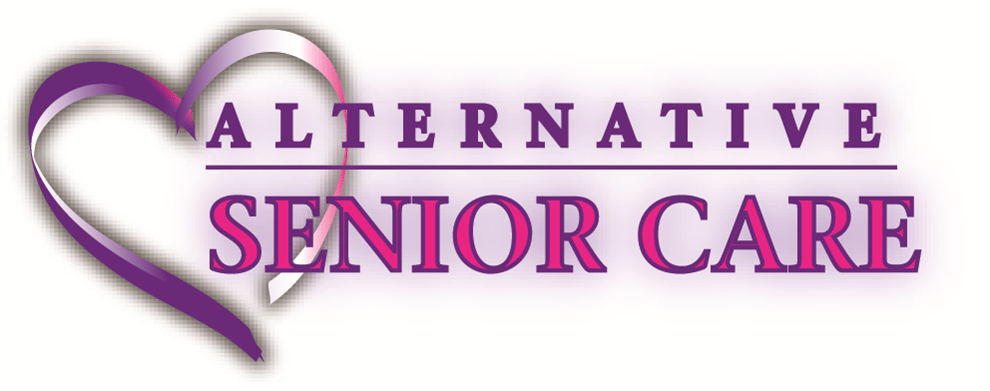Stroke Prevention and Warning Signs
 The body changes with age, and sadly, some of these changes can make seniors more susceptible to certain medical issues, including strokes. A stroke happens when there is a reduction or interruption in blood flow to a portion of the brain, depriving the brain tissue of oxygen and nutrients. This may result in the death of brain cells, which could have catastrophic repercussions like irreversible disability or even death. It’s important for seniors to have support from both companion care at home and loved ones, including monitoring for signs of a stroke and offering them ways to prevent a stroke in the first place.
The body changes with age, and sadly, some of these changes can make seniors more susceptible to certain medical issues, including strokes. A stroke happens when there is a reduction or interruption in blood flow to a portion of the brain, depriving the brain tissue of oxygen and nutrients. This may result in the death of brain cells, which could have catastrophic repercussions like irreversible disability or even death. It’s important for seniors to have support from both companion care at home and loved ones, including monitoring for signs of a stroke and offering them ways to prevent a stroke in the first place.
Why are Older People at a Higher Risk for a Stroke?
Seniors are more susceptible to stroke due to a number of factors, including:
- Age-related changes: Blood vessels become less flexible and more vulnerable to injury as they age. Plaque, a fatty substance that can narrow arteries and reduce blood flow to the brain, can accumulate as a result, raising the risk of stroke.
- Medical conditions: High blood pressure, diabetes, and atrial fibrillation are among the conditions that seniors are more likely to have. These conditions are important risk factors for stroke.
- Lifestyle factors: Seniors who engage in unhealthy lifestyle behaviors, such as smoking, binge drinking, eating poorly, and not exercising, are more likely to suffer a stroke.
What can Seniors do to Prevent a Stroke?
With the help of companion care at home, seniors can lower their risk of stroke by taking the following actions, even though some risk factors are outside of their control:
- Handle health issues: Keep an eye on and treat health issues like diabetes, high blood pressure, and high cholesterol on a regular basis. Seniors should be encouraged to take the advice of their healthcare provider regarding prescription medications, dietary changes, and routine examinations.
- Eat a healthy diet: Companion care at home can help seniors create healthy meals that focus on fruits, vegetables, whole grains, and lean proteins. Additionally, seniors should limit their consumption of sugary foods, sodium, and saturated fats.
- Stay physically active: Companion care can also encourage seniors to be active throughout the day, whether it’s taking a walk around the block or going to a group fitness class.
- Enjoy social situations: It’s important for seniors to remain socially and intellectually active by enjoying activities like reading, puzzles, and picking up new skills. Maintaining social ties with friends and family may lower their risk of stroke by reducing stress and loneliness.
What are the Warning Signs of a Stroke?
Seniors and those who care for them must not only prevent stroke but also identify its warning signs and seek emergency medical attention if they do. This can be done by remembering the FAST acronym:
F: Sagging Face: Ask seniors to smile. If their face droops to one side, continue to “A”
A: Weakness in one arm: Ask them to lift both arms. Does one arm sag to the side?
S: Speech difficulty: Have them repeat a short sentence. Do they have strange or slurred speech?
T: Time for a 911 call: It is time to call for emergency medical assistance if the answer to the above three questions is yes.
Seniors can lower their risk of stroke and protect their health as they age by being proactive in identifying risk factors, forming healthy habits, and being alert to warning signs. By making stroke prevention a top priority, companion care at home and loved ones can help seniors live longer, healthier, and more satisfying lives.
If you or an aging loved one are considering Companion Care at Home in Sauk Centre, MN, please contact the caring staff at Alternative Senior Care today. Providing Home Care in Central Minnesota and Surrounding Communities. Call us today at (320) 352-3350
- How Senior Home Care Helps Seniors Live a Fuller Life - April 18, 2025
- Four Ways to Celebrate Spring With Your Homebound Elderly Loved One - April 3, 2025
- Alternative Senior Care Annual Staff Training - March 31, 2025

